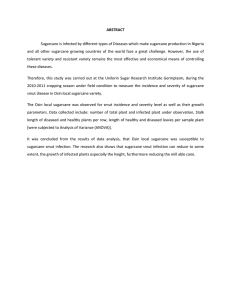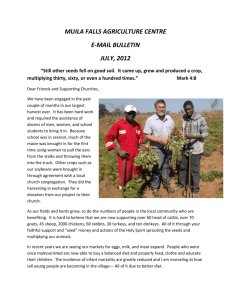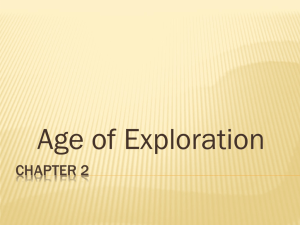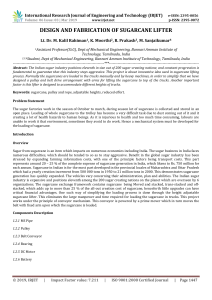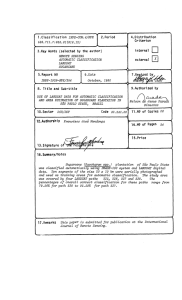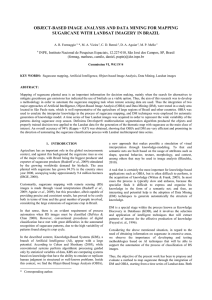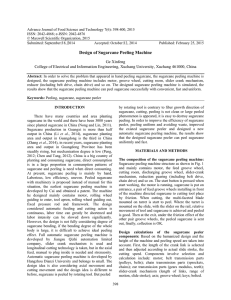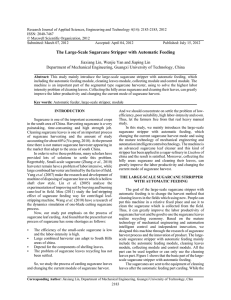CANASAT PROJECT: MONITORING THE SUGARCANE
advertisement
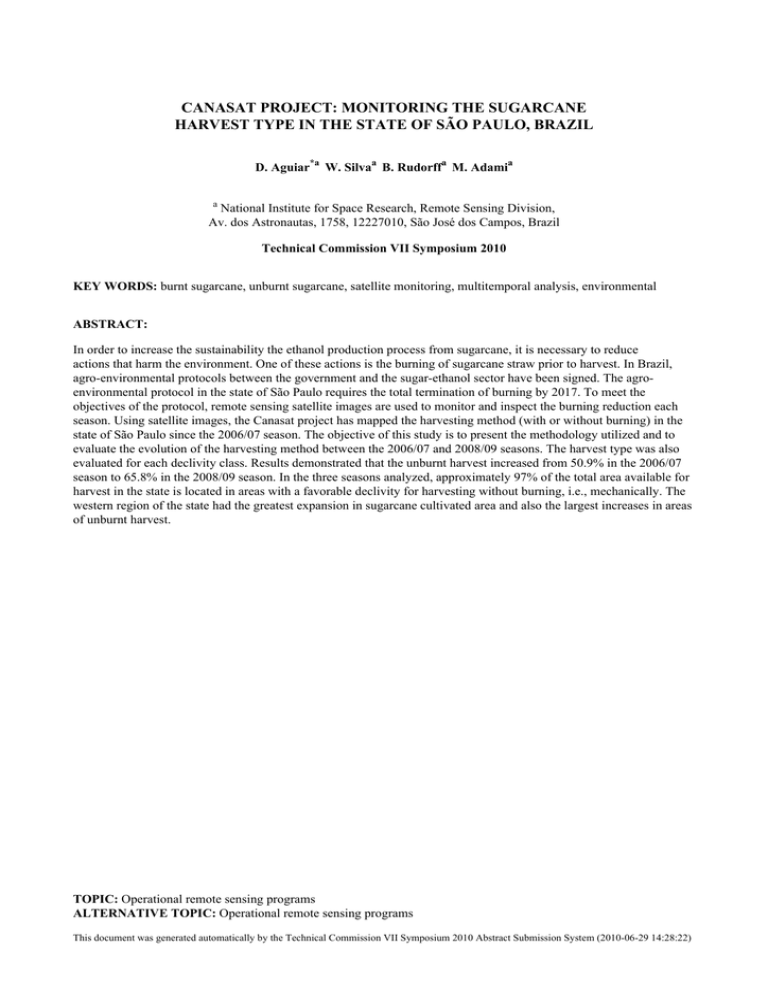
CANASAT PROJECT: MONITORING THE SUGARCANE HARVEST TYPE IN THE STATE OF SÃO PAULO, BRAZIL D. Aguiar*a W. Silvaa B. Rudorffa M. Adamia a National Institute for Space Research, Remote Sensing Division, Av. dos Astronautas, 1758, 12227010, São José dos Campos, Brazil Technical Commission VII Symposium 2010 KEY WORDS: burnt sugarcane, unburnt sugarcane, satellite monitoring, multitemporal analysis, environmental ABSTRACT: In order to increase the sustainability the ethanol production process from sugarcane, it is necessary to reduce actions that harm the environment. One of these actions is the burning of sugarcane straw prior to harvest. In Brazil, agro-environmental protocols between the government and the sugar-ethanol sector have been signed. The agroenvironmental protocol in the state of São Paulo requires the total termination of burning by 2017. To meet the objectives of the protocol, remote sensing satellite images are used to monitor and inspect the burning reduction each season. Using satellite images, the Canasat project has mapped the harvesting method (with or without burning) in the state of São Paulo since the 2006/07 season. The objective of this study is to present the methodology utilized and to evaluate the evolution of the harvesting method between the 2006/07 and 2008/09 seasons. The harvest type was also evaluated for each declivity class. Results demonstrated that the unburnt harvest increased from 50.9% in the 2006/07 season to 65.8% in the 2008/09 season. In the three seasons analyzed, approximately 97% of the total area available for harvest in the state is located in areas with a favorable declivity for harvesting without burning, i.e., mechanically. The western region of the state had the greatest expansion in sugarcane cultivated area and also the largest increases in areas of unburnt harvest. TOPIC: Operational remote sensing programs ALTERNATIVE TOPIC: Operational remote sensing programs This document was generated automatically by the Technical Commission VII Symposium 2010 Abstract Submission System (2010-06-29 14:28:22)


